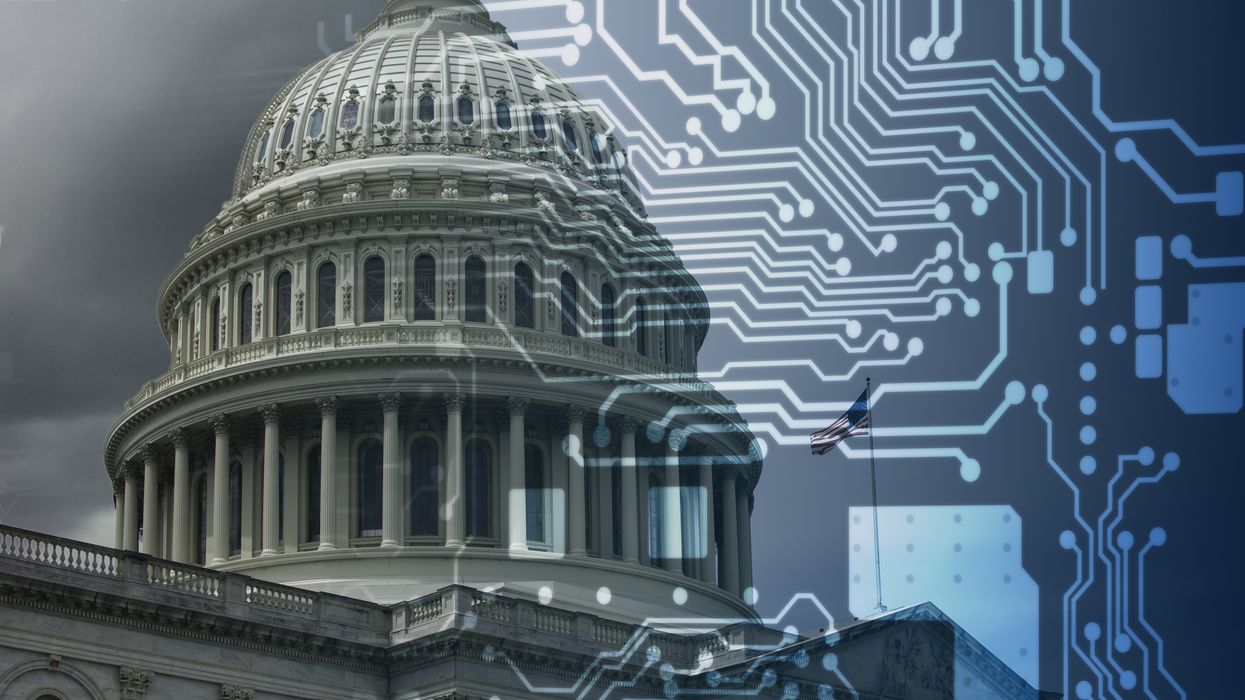Our ongoing series, “Just the Facts,” strives to approach news stories with both an open mind and skepticism, so we may present our readers with a broad spectrum of viewpoints through diligent research and critical thinking. As best we can, we look to remove personal bias from our reporting and seek a variety of perspectives in both our news gathering and selection of opinion pieces.
How many deportations have there been since President Trump was elected?
Since Donald Trump was re-elected, deportation numbers have been a key focus of his administration. In February 2025, the first full month of his second term, Immigration and Customs Enforcement (ICE) deported around 11,000 migrants. This is slightly lower than the 12,000 deportations during the same month in 2024 under the Biden administration.
The administration has emphasized prioritizing deportations of individuals with criminal records or national security concerns, but about half of those deported in February 2025 had no criminal convictions. Deportation rates have been slower than in President Joe Biden's presidency, partly due to fewer border crossings and limited resources.
During the Presidential campaign, how many mass deportations did Trump promise?
During his campaign, Donald Trump pledged to launch the "largest deportation program in American history." He emphasized targeting undocumented immigrants, particularly those with criminal records and referenced historical deportation efforts like "Operation Wetback" from the 1950s. His campaign rhetoric often highlighted using military resources and invoking laws like the Alien Enemies Act of 1798 to expedite deportations.
It was a bold promise, but the feasibility and legality of such a large-scale operation have been widely debated.
Where is the Trump Administration deporting immigrants?
The Trump administration has been deporting immigrants primarily to Latin American countries such as Guatemala, Honduras, and El Salvador. These destinations have historically received the majority of deportation flights, and this trend continues under the current administration. Additionally, deportation flights have been sent to countries like Ecuador, Colombia, and even India.
Interestingly, the administration initially used military aircraft for deportations to reinforce its stance on immigration, but this practice was deemed costly and inefficient and has since been suspended. Most deportations now occur via civilian flights.
Who or what department in the Trump Administration oversees mass deportations?
The Department of Homeland Security (DHS) oversees mass deportations, with Immigration and Customs Enforcement (ICE) playing a central role. ICE's Enforcement and Removal Operations (ERO) division is specifically responsible for identifying, arresting, and deporting individuals who are in the U.S. unlawfully.
Under the Trump administration, Kristi Noem, the Secretary of Homeland Security, has been a key figure in orchestrating these efforts. ICE's acting director, Todd Lyons, has also successfully implemented the administration's aggressive deportation policies. These leaders have emphasized a "results-driven" approach to immigration enforcement.
Are children being separated from their parents as a result of the mass deportations, or are the children deported along with their parents?
The Trump administration's deportation policies have led to both scenarios. In some cases, children are deported alongside their parents, especially when families are detained together and processed for removal. However, there have been instances where children are separated from their parents during deportation proceedings. This can happen if the parents are detained for criminal prosecution or if the children are classified as unaccompanied minors.
The administration has faced criticism for these separations, with concerns about the psychological impact on children and the challenges of reuniting families.
Has the Trump Administration targeted specific immigrants for deportation based on their politics?
The Trump administration has faced criticism for targeting certain immigrants based on their political activities. For example, Secretary of State Marco Rubio recently stated that lawful permanent residents who support groups like Hamas or engage in anti-Israel protests could face deportation. This policy has already affected individuals like Mahmoud Khalil, a Palestinian rights advocate and green card holder, who was arrested and is now facing deportation.
The administration has also considered using the Alien Enemies Act, an 18th-century law, to deport individuals from countries deemed adversarial to the U.S. This law allows for deportation without a hearing, based solely on someone's country of origin.
These actions have sparked debates about balancing national security and immigrants' rights.
Are there any court challenges pending against the Trump Administration's mass deportations?
There are several legal challenges against the Trump administration's mass deportation policies. For instance, the administration's use of the Alien Enemies Act to expedite deportations has drawn criticism and legal scrutiny. Experts argue that invoking this 18th-century law during peacetime may violate detainees' rights, and lawsuits are expected to challenge its application.
Additionally, the backlog of immigration court cases—over 4 million as of January 2025—has raised concerns about due process and the feasibility of mass deportations. Some courts have already issued temporary injunctions against specific deportation orders, such as the case of Mahmoud Khalil, a Palestinian activist currently detained but protected from deportation while his case is heard.
The legal landscape is complex and evolving, with ongoing debates about the balance between national security and individual rights.
All data and information were obtained from Copilot, an AI-powered chatbot owned and operated by Microsoft Corporation.
David Nevins is co-publisher of The Fulcrum and co-founder and board chairman of the Bridge Alliance Education Fund.




















